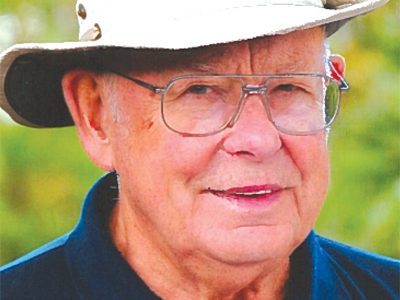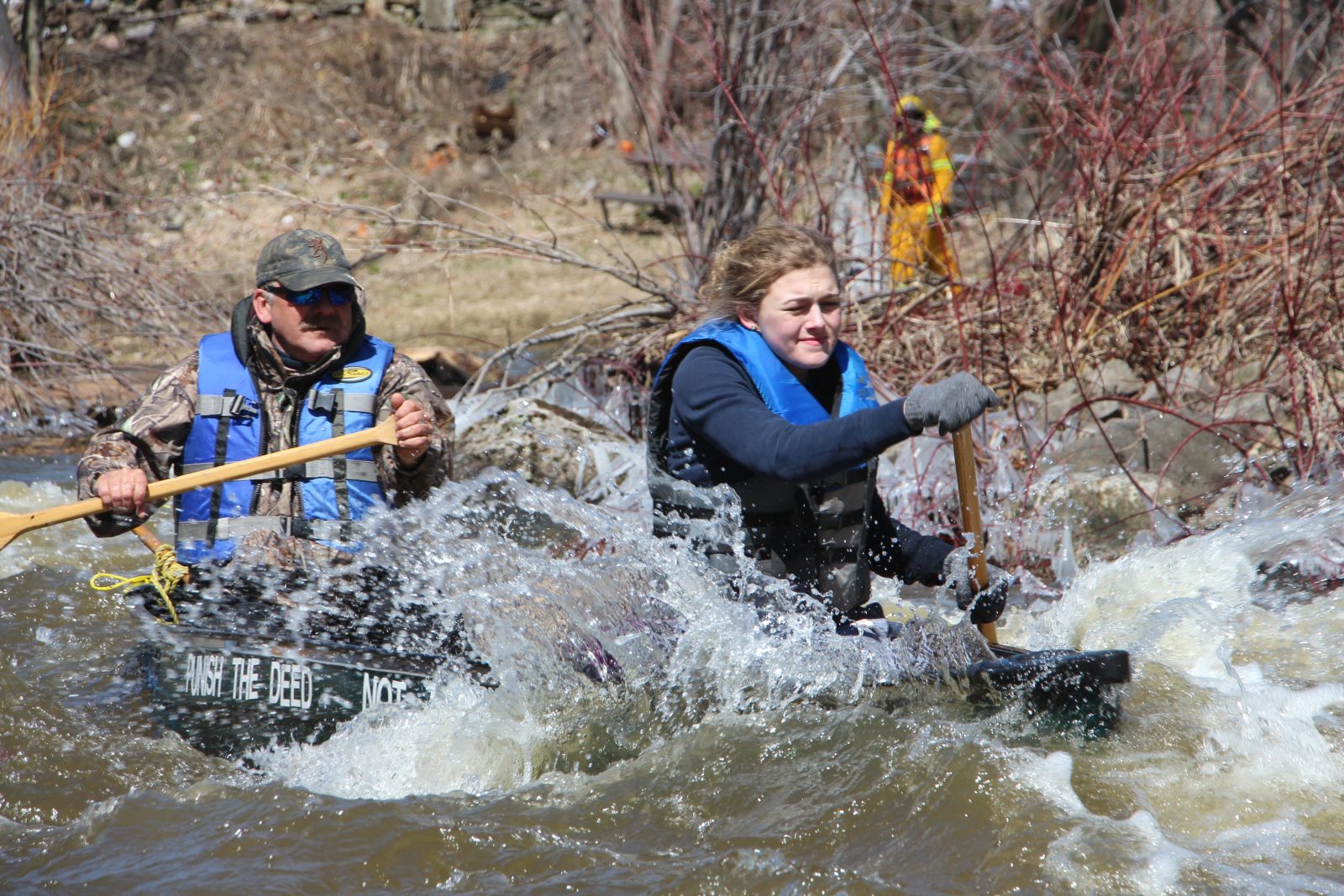
Jesus taught using parables about seeds, shepherds, labourers, wine and foods. This week I don’t intend to teach, but I am going to share with you what I’ve learned about marriage. I didn’t get knowledge about marriage relationships from any book, movie or sermon. The idea came from paddling with lady friends, and watching this year’s Raisin River canoe race.
At times the water was rough, the boulders were many. The river takes a meandering 32 kilometers to get from St. Andrews to Williamstown. I watched intently to see how the successful paddlers, especially the mixed couples, conducted themselves.
There was no shouting, no negative comments, no backtalk from the bowman (the nautical term ‘bowman’ has nothing to do with gender) and no giving up (‘throwing in the paddle’ would be the equivalent to the boxing term, ‘throwing in the towel’). They were in it for the duration, with no thought of jumping ship.
The successful couples worked with each other, never against each other. Some decisions were made with full agreement, but there seemed to be a few where it was acknowledged that there had to be one who has to break a tie vote.
Let’s shift away from canoe-racing to canoe-tripping situations. Just as in life, it’s not a sprint, it’s a long haul, with lots of baggage to carry. Baggage comes with canoe tripping. It’s a burden, but when rain, hunger and cold come, the tent, the nourishing foods and the cozy sleeping bags you brought along are appreciated.
It’s the same in marriage. It’s nothing like an affair, unless it’s an affair that lasts a lifetime. Children may seem to be just baggage when it’s diaper-changing, teething, potty-training, the terrible twos and the testing teen times. But children can be a blessing when they give hugs, do you proud, learn to say thank you – or are there to push your wheelchair.
When a new lady-friend and I canoe together for the first time, first impressions count; can we communicate? How long does it take to be at ease with each other? Can we laugh at each other’s mistakes?
If roles and positions need to be reversed, adjustments must be made. To re-establish the canoe’s proper trim, the load has to be adjusted to compensate. When a change in health, jobs, or a shift of home-making roles takes place, adjustments in the marriage, like in a canoe, have to be made. Rocks, rapids and shallows have to be dealt with together. Otherwise, you’re up the creek without a paddle.



